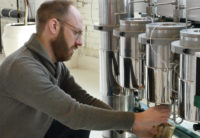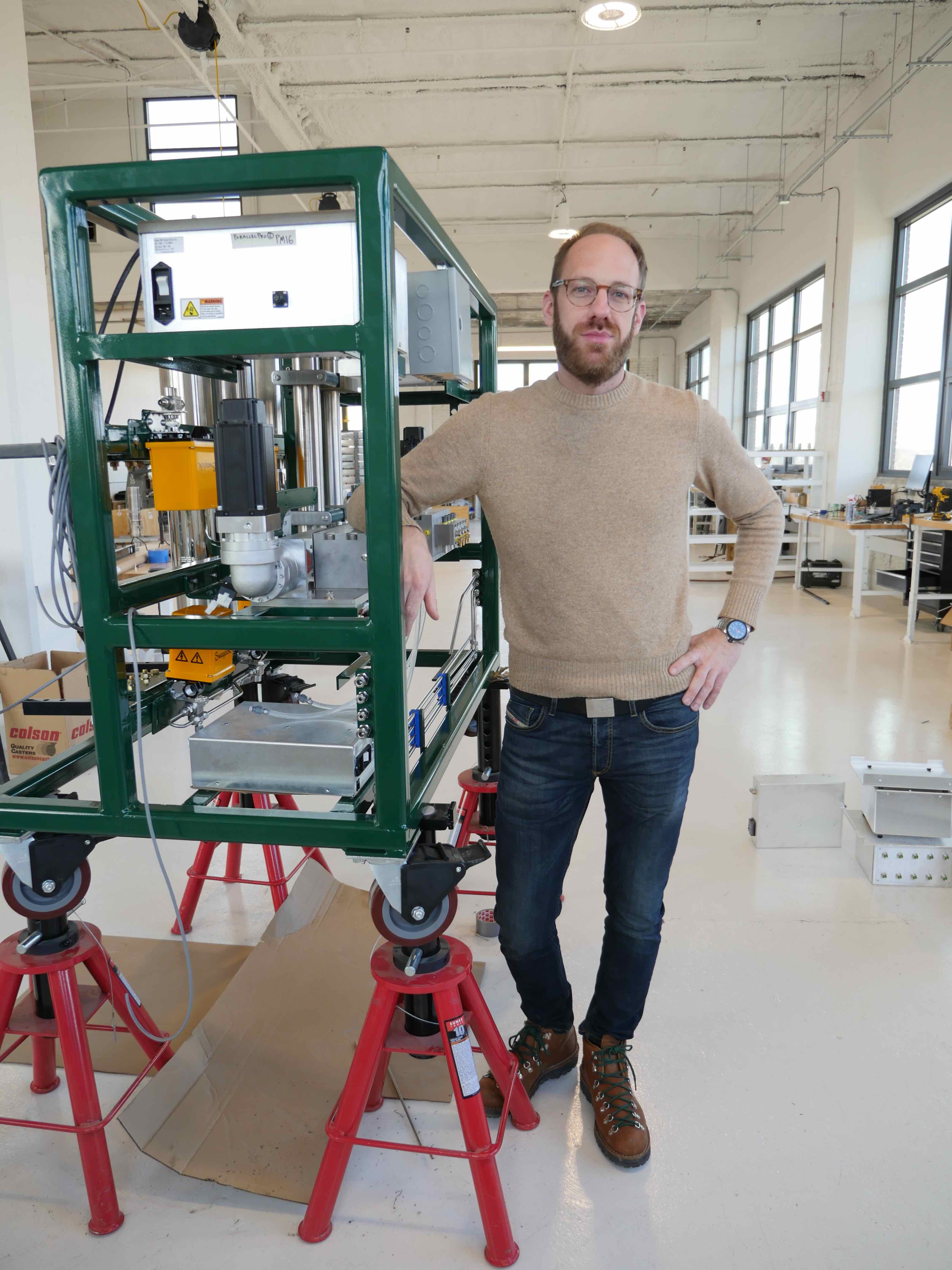Any brewmaster from the more than 7,000 U.S. craft breweries will tell you one of two things: That their art is a science, or that their science is an art. The answer might depend upon the brewer’s individual approach, but a combination of experience, process, precise measurement and intuition is exactly what’s required to create great beer. In a very similar way, the cannabis industry has its own version of the brewmaster: Extraction technicians.
A cannabis extraction technician deploys knowledge from multiple science disciplines to apply industrial solvents, heat and pressure to plant matter through a variety of methods with the aim to chemically extract pure compounds. Extraction techs use their passion for the cannabis and hemp plants, combined with chemistry, physics, phytobiology and chemical engineering to help create a result that’s not quite art, but not quite completely science. By manipulating plant materials, pressure, heat and other variables, the extraction technician crafts the building block for what will become an edible, tincture or extract.
Similarly, brewmasters use their knowledge of multiple science disciplines like chemistry and microbiology, as well as different brewing processes and a variety of ingredients to develop creative recipes that result in consistent, interesting beers. The brewmaster’s work is both science and art, as well. And they also manipulate plant materials, pressure, heat and other variables to achieve their desired results.

“I would certainly consider brewing to be an art and a science, but it takes a very disciplined approach to create consistent, yet ever evolving beers for today’s craft market,” says Marshall Ligare, PhD. Research Scientist at John I. Haas, a leading supplier of hops, hop products and brewing innovations. “We work to ensure brewers can create something different with every new beer, as well as something that helps create an experience as well as a feeling.”
In both brewing and extraction, the art comes in the subjective experience of the craftsman and his or her ability to curate the infinite possibilities inherent in each process. However, both are a science in their requirement of establishing production methodologies that guarantee a consistent, reliable product experience every time to win customer loyalty (and regulatory compliance). In the same way hops determine recipes for beer flavors, the cannabis plant determines extraction recipes, especially considering the role that terpenoids play in the quality, flavor and effects of the end product.
The development of new and appealing cannabis products is beginning to mimic the vast variety of craft beers now found all over the world. In the same way beer connoisseurs seek out the perfect stout, lager or IPA, discriminating cannabis consumers now search for that gem of a single-origin, specialty-strain vaporizer oil or irresistible dab extract.
“I see an exciting new day for quality-focused, craft extraction that tells a story, not only of where the cannabis plant might have been grown and how, but also the care that was taken in the processing of that strain into smokable or edible oil,” says John Lynch, Founder of TradeCraft. “Imagine the impact in the marketplace when product-makers figure out how to do seasonal one-offs where engaged connoisseurs are willing to pay a premium for the art behind limited releases.”

In either process, you’re essentially creating art with science. Each process works with different strains. Each is concerned with chemical and flavor profiles. Each has its own challenges. In both worlds, quality depends upon consistency. You’re creating art, but you need to replicate that art over and over – which can only occur with strict control of the process. Brewmasters seek control of things like yeast quantity and health, oxygen input, wort nutritional status and temperature, among other things. In their pursuit, extraction technicians seek to control temperature, pressure and flow rate–as well as all the ways these variables interact with each other. What enables this control in both efforts is the equipment used to achieve results.
“A modern brewhouse is very much like a scientific laboratory,” Ligare says. “Brewers treat their setup with the same care and attention a scientist gives to their lab equipment, and are equally concerned with precision, cleanliness and the purity of the result. With each new beer, they want to develop a process that can be controlled and replicated.”
The key to creating a precise process is to use instrument-grade extraction machinery that performs to specifications – and allows you to repeat the process again and again. The value of using high-quality instrumentation to manage and monitor either the brewing or extraction process cannot be overstated. Although it seems counterintuitive, this is where the “craft” comes into play for both brewing and cannabis extraction. Precise instrumentation is what allows the brewer or extraction “artist” to manipulate and monitor the conditions required to meet recipe standards. Along with the quality of the ingredients (hops, cannabis, hemp, etc.), the quality of the equipment utilized to create the product is one critical element impacting the end result. “Imagine the impact in the marketplace when product-makers figure out how to do seasonal one-offs where engaged connoisseurs are willing to pay a premium for the art behind limited releases.”
In cannabis extraction, a second crucial decision is determining which solvent is the best solution for the recipe you’re using and the end result you’re hoping to achieve. This decision is a part of the “craft” of extraction, and determined according to a combination of criteria. There’s no question that each solvent has a business case it serves best, and there is ongoing debate about which approach is best. But overwhelmingly, the solvent that best serves the most business needs is CO2 due to its inherent versatility and ability to have its density tuned to target specific compounds.
“Control is what makes or breaks any craft product,” says Karen Devereux, Vice President of Northeast Kingdom Hemp. “We’re based in Vermont and love how Vermont is known for its quality craft beer, cheese and maple syrup. We wanted to bring that craft approach to hemp extraction, and everyone knows that any craft endeavor is focused on the details and getting them right again and again. You can’t do that without controlling every aspect of the process.”
Greater control of the process can also open up worlds of discovery. The inherent “tunability” of CO₂ enables the extraction technician to target specific compounds, enhancing the potential for experimentation and even whimsy. This can lead to entirely new products much in the way a brewer can control his process to create new, interesting beers.
American portrait photographer Richard Avedon famously declared that art is “about control,” describing the artistic process as “the encounter between control and the uncontrollable.” The same can be said for beer making and cannabis extraction. The more precisely you can control variables, the more options you’ll have for yourself and your customers. The more choices you’ll have with regard to different recipes and products. And the more loyalty you’ll ultimately generate among fans of your products.





